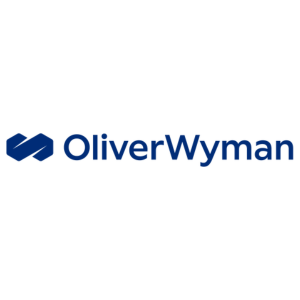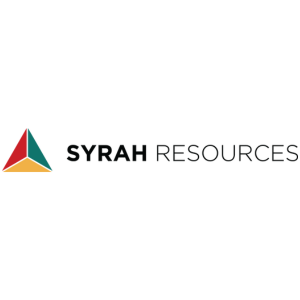David McKay from Miningmx speaks about driving SA's manganese wealth forward.
MANGANESE was the mineral for which Anglo American CEO Duncan Wanblad had no plan in terms of his proposed and far-reaching group restructure. “It is a great business but, given the work we have been doing, that is on the to-do list,” Wanblad told a Goldman Sachs analyst on May 14.
Handily, Anglo’s 60% joint venture partner in the manganese assets does have a plan. Asked if South32 would be interested in buying out Anglo’s stake, South32 CEO Graham Kerr told Reuters: “At the right price, absolutely. We know them better than anyone else.”
Situated near Hotazel in the Northern Cape, the manganese mines are part of the world’s largest single resource of the mineral. Of South Africa’s nine operating manganese mines, the two largest have lives of 147 and 143 years at current production.
Though scale is important in mining, it doesn’t necessarily stand for business success. That’s why some manganese miners are trying to get their heads around the next potential step in the mineral’s life cycle, which is to produce a high-purity manganese sulphate, a chemically beneficiated product used in lithium-ion electric vehicle (EV) batteries.
There are a few good reasons manganese producers view the EV market as a future money tree. First, manganese sulphate is expected to command a premium, as there are so few manufacturers. Second, demand is forecast to grow tenfold by 2030, according to Giyani Metals, a Toronto-listed firm hoping to produce the mineral. The US is a major potential market.
China controls about 96% of manganese sulphate supply, a statistic that worries the Biden administration. The Inflation Reduction Act (IRA), recently redrafted by the US, offers tax credits to producers of EV battery minerals provided they are not in China, Iran, Russia or North Korea — dubbed “foreign entities of concern” (FEOC).
One wrinkle in this for South Africa is that the IRA also requires that EV mineral suppliers operate in domains with free trade agreements. Luckily, South Africa has a get-out clause, says Madelein Todd, head of marketing for Manganese Metal Co (MMC), which has the rights to reprocess the tailings of South32/Anglo’s manganese production.
Says Todd: “The percentage of the value of raw materials required to comply increases each year, but only to a maximum of 80%.” As manganese is — in volume terms — a small constituent of EV battery production, it is part of the 20% of other minerals. Suppliers need only be outside the FEOC to meet IRA regulations.
Currently, unbeneficiated manganese produced in South Africa, including by MMC, supplies the world’s steel sector, which uses it as a hardening agent. But the race is on now to build an EV supply market. There’s a producer in Belgium, and production in Mexico is being planned, but when MMC enters the market, in 2026, it intends to sell a crystallised product that’s user-friendly to buyers.
MMC recently approved R130m in capital to build the crystallising facilities but has yet, somewhat surprisingly, to attract loan support from the Industrial Development Corp. Giyani Metals has had better luck with the bank, provided the beneficiation plant is in South Africa (to be supplied from a mine in Botswana). Giyani CEO Danny Keating says Botswana is better at joining the dots in mining than South Africa.
In Pursuit of Purity
So far, the big hitters in manganese production, such as African Rainbow Minerals (ARM) and Jupiter Mines, have stayed outside the high-purity manganese equation. Brad Rogers, CEO of Jupiter Mines, which owns 49% in Tshipi, the second- largest manganese mine in the Northern Cape, says building an investment case for high-purity manganese involves “making one hypothetical assumption upon another hypothetical assumption”.
The trajectory of EV purchases is one imponderable. US carmakers General Motors and Ford recently cut EV production targets, while Tesla’s acknowledgment in January of “notably lower” sales growth upends forecasts that EV purchases will continue to grow at historical rates. “The reality is that the adoption curve will be slower,” said Tim Piechowski, portfolio manager with ACR Alpine Capital Research. “It will just be a longer ramp-up than perhaps was initially expected,” he told Reuters in April.
Science is another unknown. Formulations of lithium- ion batteries using manganese may change as consumers look for more range on their vehicles, quicker charging times and lower expense. Right now, manganese comprises two parts to two and six parts of nickel and cobalt respectively. Work is under way to remove cobalt and reduce nickel content in favour of manganese in an effort to reduce costs and improve concerns about sustainability, says Todd.
“The commercialisation of high manganese formulations will probably take place only late this decade and ramp up beyond 2030,” she says. “This means we will have time to ramp up manganese sulphate monohydrate capacity to meet current demand levels, which are modest outside China but growing.” IRA benefits expire in 2032.
In the meantime, prices for manganese in carbon steel are flying.
South32 announced in April that because of weather damage to its GEMCO facilities in Australia it won’t be back in production until the first quarter of 2025. Global inventories of manganese are expected to last until the third quarter, but a one- year outage of Gemco’s facilities — equal to about 13% of world demand — will create a huge supply squeeze. ARM stands to benefit. Share earnings could increase to as much as 66% to R21 a share, according to analysts at RMB Morgan Stanley.



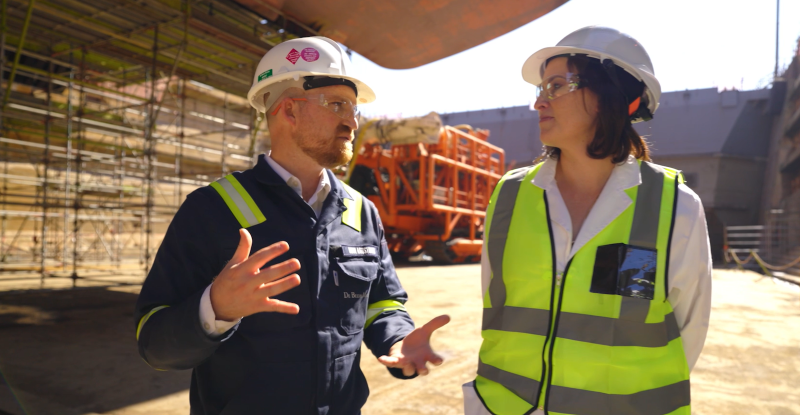
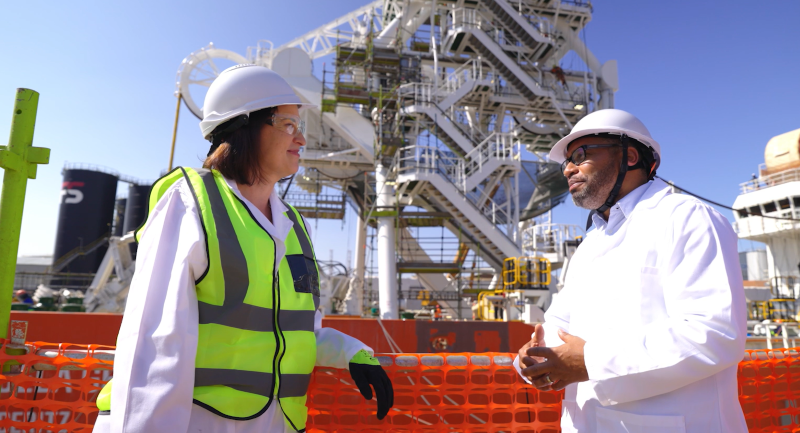
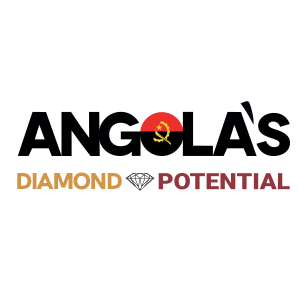
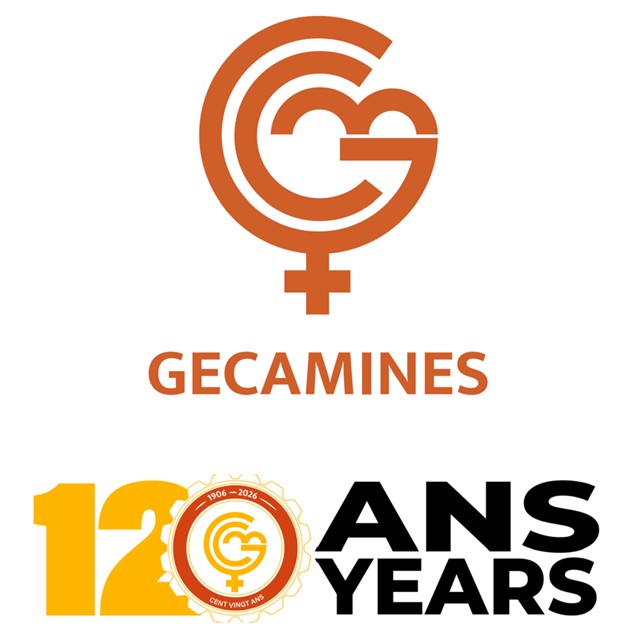
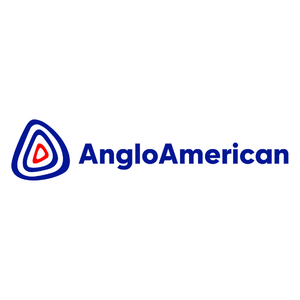

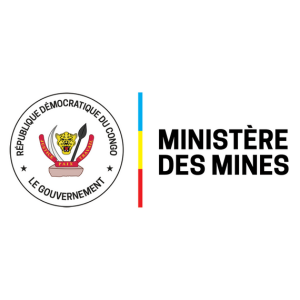
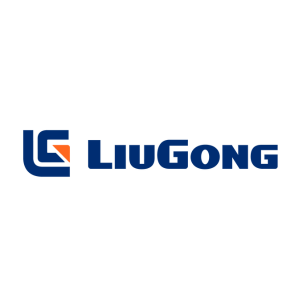


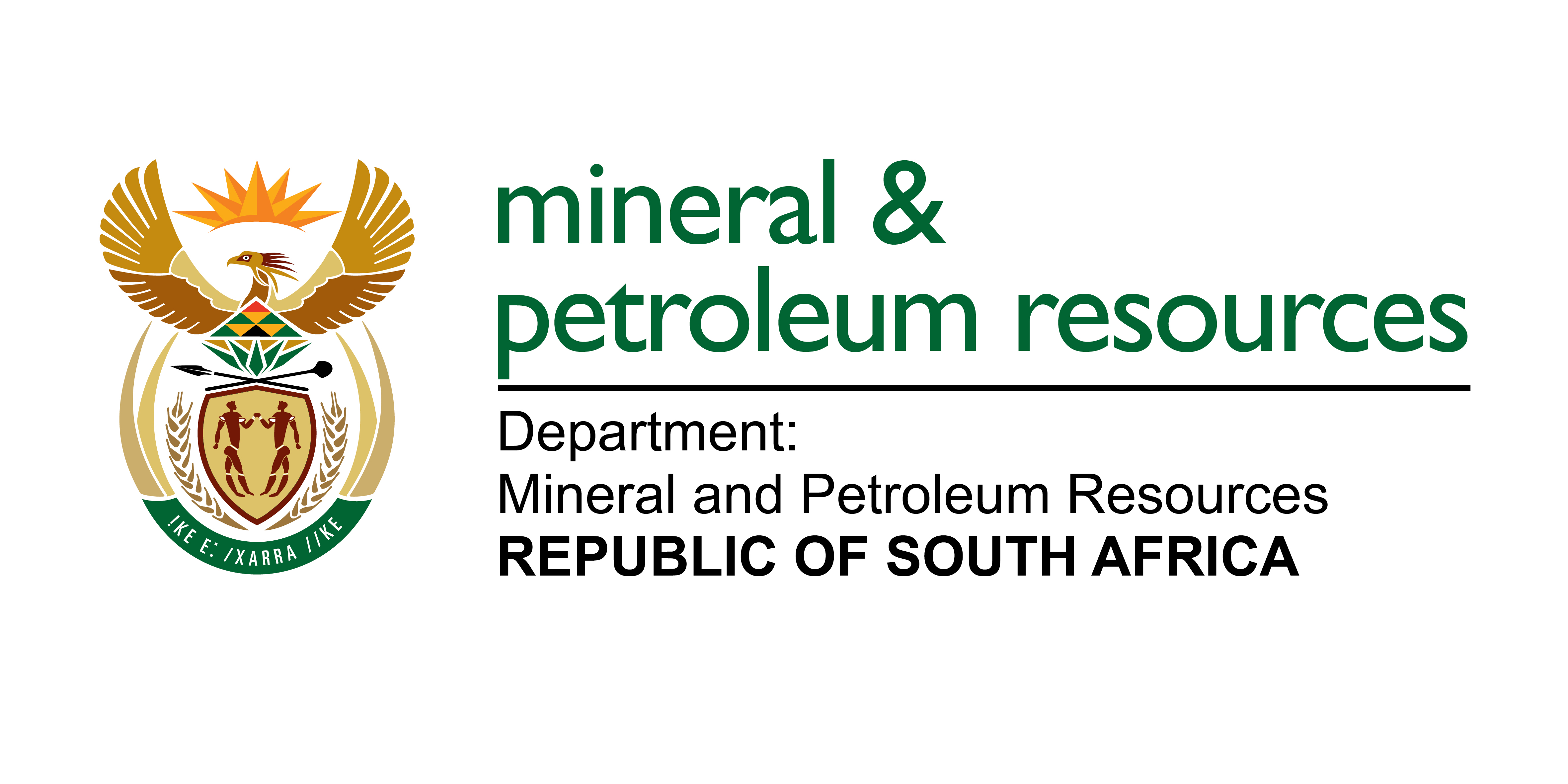-Logo_CMYK_1.jpg?width=1000&height=500&ext=.jpg)
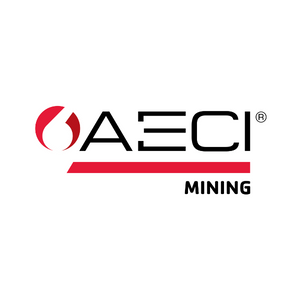



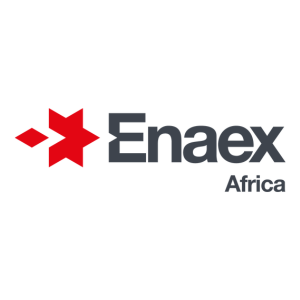
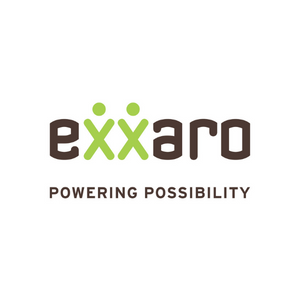
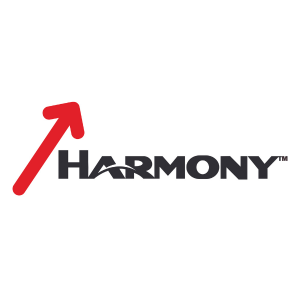
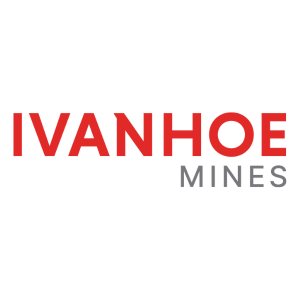
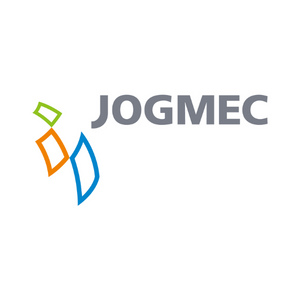

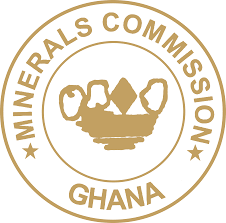

_mi25-weblogo.png?ext=.png)
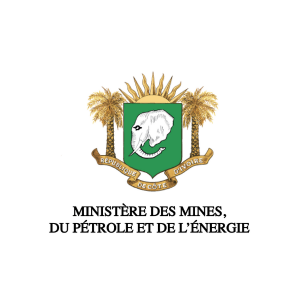
_1.png?ext=.png)
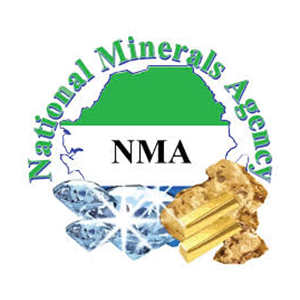



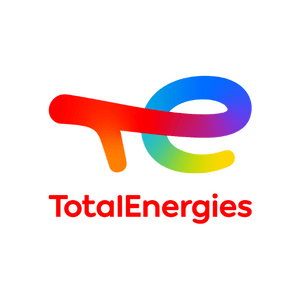
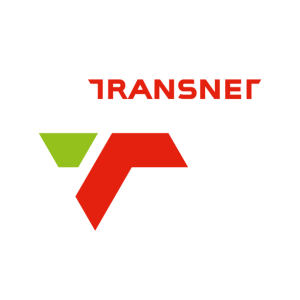










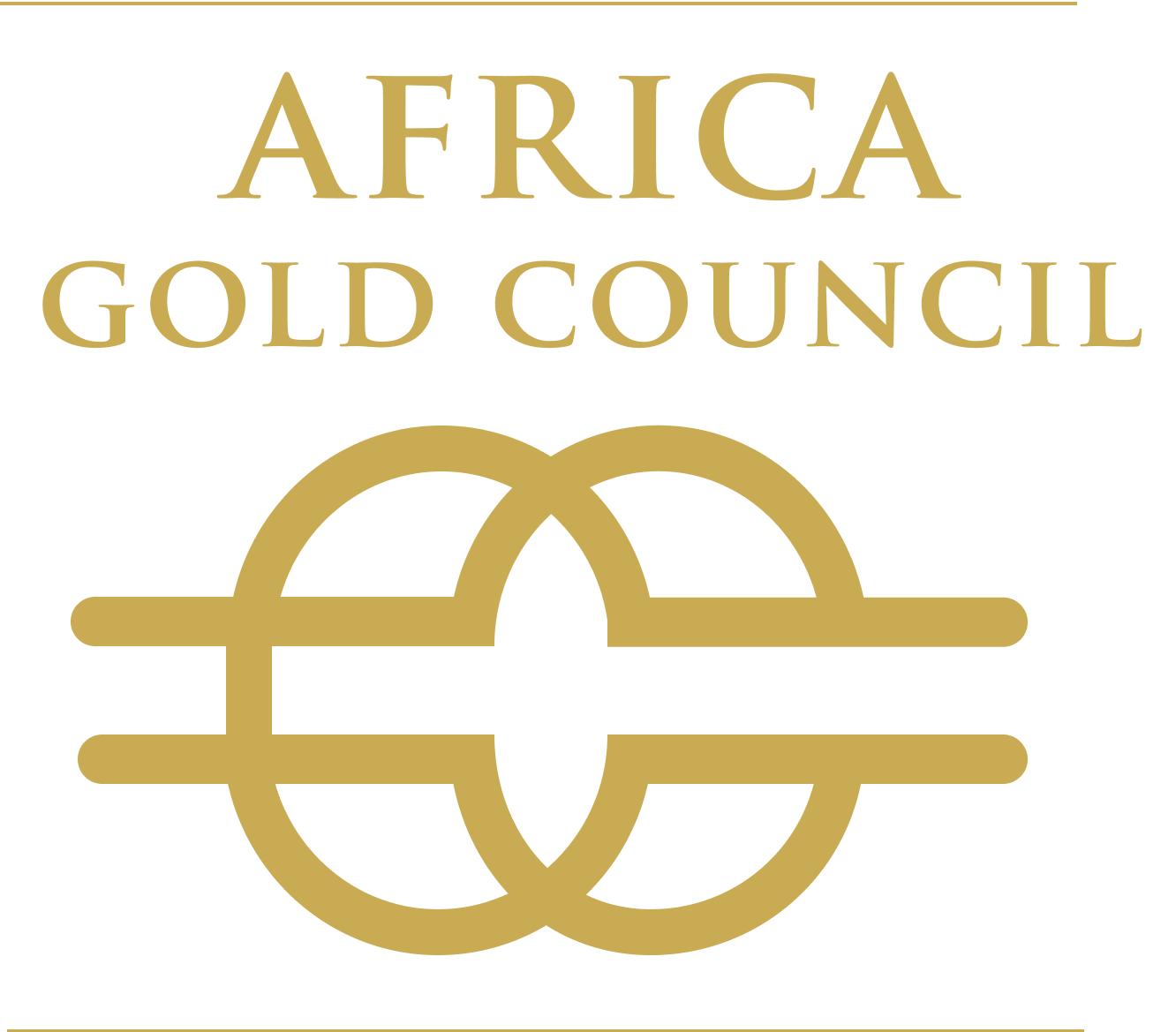









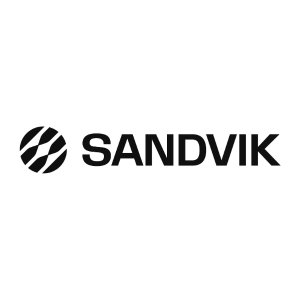
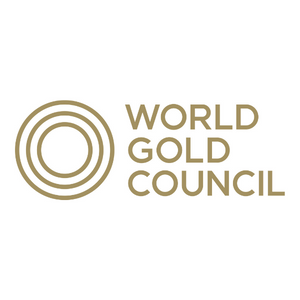

_mi25-weblogo.png?ext=.png)
